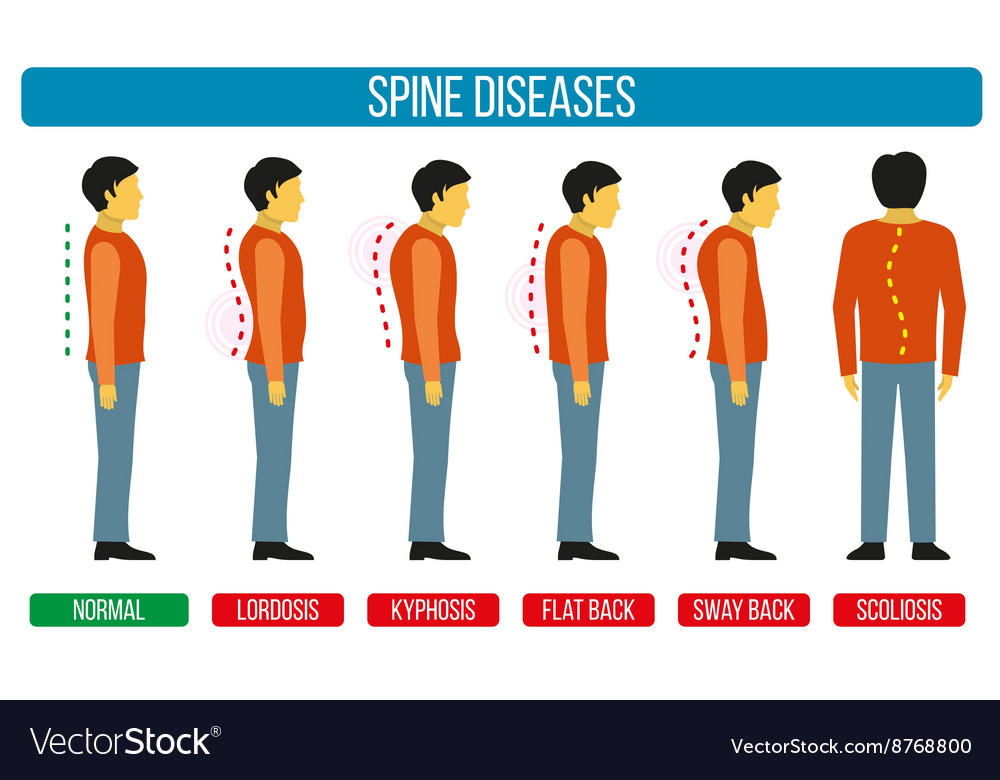A Newbie'S Overview To Comprehending Cervical Back Makeup And Its Impact On Neck Pain
A Newbie'S Overview To Comprehending Cervical Back Makeup And Its Impact On Neck Pain
Blog Article
Writer-Outzen Desai
As you rest there, probably feeling a twinge of discomfort in your neck, have you ever before stopped to consider the detailed structures that make up your cervical spine? Recognizing how the vertebrae, discs, and nerves interact in this area can shed light on why neck discomfort can be so relentless and incapacitating. By exploring the foundations of cervical back composition and its implications for neck discomfort, you may reveal understandings that can aid you better take care of and even avoid those bothersome pains and rigidity.
Importance of Cervical Back Makeup
Comprehending the value of cervical spinal column anatomy is vital in comprehending the intricacies of neck discomfort. The cervical back, made up of 7 vertebrae, plays an important role in supporting the head's weight and helping with activity. is chiropractor covered by insurance houses the spine, which sends messages in between the mind and the rest of the body. In Read the Full Report , the cervical spinal column protects these delicate nerves and supplies structural stability to the neck area.
Additionally, the cervical back permits a wide range of motion, allowing you to turn your head, tilt it laterally, and nod up and down. Each vertebra has particular functions and features that add to the overall adaptability and stability of the neck. Recognizing the anatomy of the cervical back can assist you grasp just how injuries or degenerative conditions in this area can result in neck pain and relevant symptoms.
Components of the Cervical Back
When exploring the parts of the cervical spinal column, it becomes obvious that its framework consists of seven vertebrae, identified C1 to C7, piled on top of each other. These vertebrae are important as they offer assistance to the head and permit a large range of motion in the neck.
The upper vertebra, C1, likewise referred to as the atlas, supports the head and makes it possible for the sluggish activity of the head. Directly underneath C1 is the C2 vertebra, known as the axis, which allows for the turning of the head back and forth.
Moving down the cervical back, each vertebra plays an essential role in preserving the spinal column's versatility and stability. In between each vertebra are intervertebral discs that function as paddings, absorbing shock and preventing the vertebrae from rubbing against each other.
Comprehending the parts of the cervical back is important in comprehending how the spinal column features and its possible effect on neck discomfort.
Connection Between Spine and Neck Discomfort
The connection between the back and neck pain is an essential element of comprehending musculoskeletal pain. Your back, specifically the cervical area, plays a significant duty in sustaining your head and enabling numerous activities. When there's an issue in the spinal column, such as a herniated disc or imbalance, it can directly influence the surrounding cells and nerves, resulting in neck discomfort. Poor pose, injuries, and degenerative conditions can all contribute to spine-related neck pain.
It's necessary to recognize that the spinal column and neck function as a natural system. Any kind of abnormalities or discrepancies in the spinal column can create strain on the neck muscles and tendons, causing discomfort and tightness.
Final thought
Since you have a basic understanding of cervical back anatomy and its connection to neck discomfort, you can much better appreciate the complexities of your own neck discomfort. Bear in mind, the wellness of your cervical spine plays a vital role in sustaining your head and facilitating motion, so it is very important to take care of it via proper stance, exercise, and normal examinations with a health care expert. Stay notified and positive about your back health and wellness to avoid and manage neck discomfort properly.
